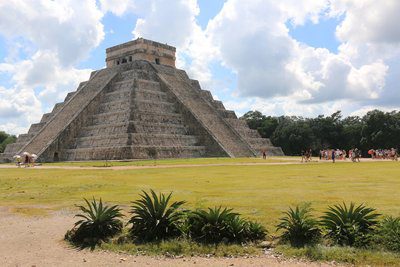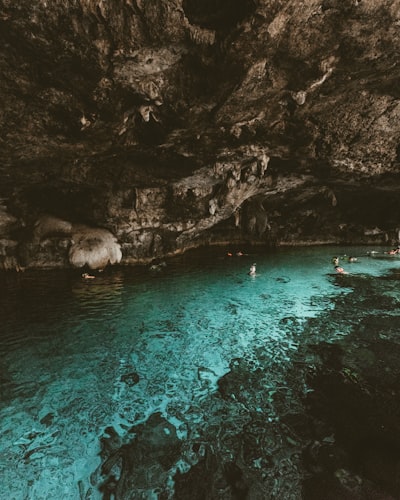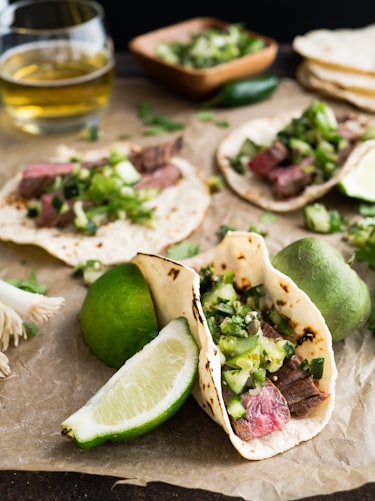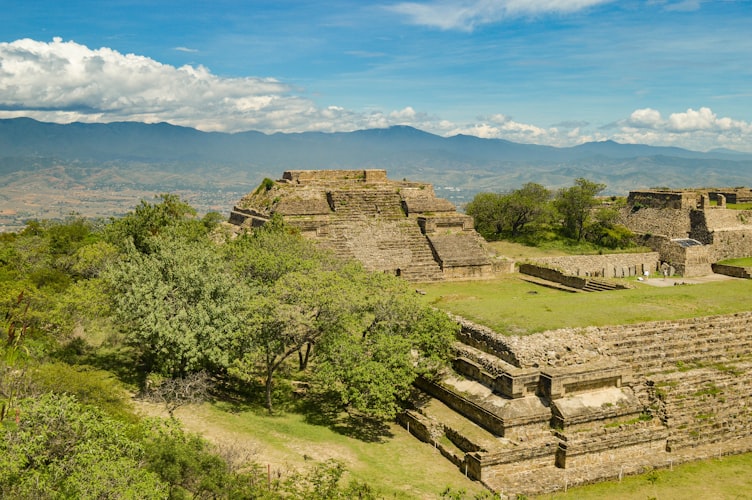The Yucatan is one of the most popular tourist hotspots in Mexico attracting millions of visitors per year. But what is it that makes this area so great? This article will guide you through Yucatan’s most exciting destinations from ecotourism gems such as the cenotes to cultural tourist attractions like the Chichen Itza which gives us an insight into infamous Mayan history.
Ecotourism Attractions
Ecotourism is an increasingly popular activity and it’s no surprise, some of the world’s most precious attractions lie in the beauty and biodiversity of mother nature. Here are some must-do ecotourism attractions in the Yucatan.
Cenotes
Cenotes (pronounced like say-NOH-tays) are the natural highlight of the Yucatan. There are over 3000 cenotes in the Yucatan region alone, with more than 50% of these not yet studied. Originally named Dzonot by the Maya, the Spanish who later conquered the region translated this word into Cenote which means ‘deep thing’. Stalagmites and stalactites that form here add to the magnificence of these limestone caverns by filtering the light that enters them creating a truly magical experience. Here are the most popular Cenote destinations in the Yucatan:
Cuzama Cenotes
Cuzama is home to a vast number of Cenotes and one tour, in particular, will take you to three of them in one trip. Chelentun, Chansinic’che an Bolonchoojol are the highlights of this tour originating in the town center. A short 2-mile trail will lead you to vibrant blue, clear water surrounded by unique Stalactites and stalactites.
Cenote Zaci
Valladolid, located just 25 miles east of the Chichen Itza is home to Cenote Zaci, a semi-open cenote popular amongst tourists who want to take a quick dip in refreshing azul waters. It is 150 feet wide and 260 feet deep and is home to the “lub” fish, a rare black fish with no eyes. A walkway leads you around this entire cenote, a third of which is covered in stalactites and stalactites.
Cenote Ik Kil
Even closer to the Chichen Itza lies Cenote Ik Kil, just 1.8 miles away from the pyramid. This perfectly round cenote has a stairway leading down to its “sacred blue” waters which is ideal for swimming. It also boasts waterfalls and lush vegetation. There is an admission to this Cenote, 35 Mexican pesos and it is open from 8 am to 6 pm daily.
Cenotillo
Cenotillo is a small town located just over 100km east of Merida and 63km northwest of Valladolid making it the perfect side trip from the Chichen Itza. The village gets its name from the incredibly large concentration of cenotes in this area. Locals report that there are over 150 cenotes in this municipality and locals are at hand to take you to whichever you choose. The most popular however are Xayin, Ucil and Kaipech.
Cenote Xcalah
This ground level cenote is another great spot to swim and is located on the Mayan site of Dziblichaltun north of Merida. The cenote reaches a depth of more than 140 feet at one end and is a popular spot for divers. It is open daily from 8am to 4pm and provides a refreshing respite after a day exploring Mayan ruins.
Cenote Dzinup
Another cenote with close proximity to Valladolid, cenote Dzinup is probably one of the most photographed cenotes in the whole region. This dark and deep cenote is lit up and has guide rope to help you get around. Swimming here is spectacular, be sure to take a tripod so you can snap a long exposure here, it’s the only way your photo will give this place justice. Or, you can grab a postcard from a local seller at the entrance.
Kankirixche Cenote
Kankirixche translates as the ‘tree with yellow fruit’ which comes from the cenote’s unique features. The stalactites and tree roots from the Alamo trees create a rather impressive spectacle. This semi-open cenote provides excellent swimming opportunities in the waters that are 33 feet deep, 90 feet long and 75 feet wide.
Celestun
Celestun is a small and modest fishing village located around 60 miles southwest of Merida. It’s very easily accessible by both car and bus (31 pesos). It is most famous for its abundance of pink flamingos that reside here between March and August. They are most active during this period as they leave their nests to feed on the plankton in the Ria Lagartos. If flamingos aren’t your thing, Celestun also as an abundance of other attractions; tours through the mangroves by small boat, crystal clear freshwater springs which are for great swimming or you can just kick back and relax at the beach for a couple of days and bask in a haven of biodiversity nestled in the peninsula’s protected southern curve.
Cultural Tourism Attractions
The Yucatan’s cultural attractions are second to none; the rich Maya history plays an important role in today’s tourism here. Here are some of our highlights.
Merida
The capital of the Yucatan has a lot of bang for its buck. Be sure to take a break from lazy days at the beach to explore what this cultural jewel has to offer. The Gran Museo del Mundo Maya is a great way to begin your stay. It provides you with the perfect introduction to the Mayan culture as well as their history and incredible architecture, a must if you plan on going to any ruins in the area. The building is modern and alongside its many exhibits also has an incredible ‘Mayamax’ room for showcasing films and short documentaries. You can even hire the space out for private use.
The Paseo de Montejo is also not to be missed. Take an hour or two out of your day to wander down this avenue and take a step back in time. Gaze in awe at the fabulous architecture before doing a spot of shopping in one of its many boutiques and grabbing a local bite to eat in one of the restaurants.
Where to Eat
No stop in Merida is complete without a trip to Wayan’e. They have over 40 types of tacos to choose from but be sure to head there before noon or the locals will have taken the best!
You also have to try a marquesita. A combination of sweet and savory in one that actually works! The traditional style comes with cheese and cajeta. Stop by one of the street food vendors to grab this delicious treat.
Where to stay
For those on a budget or that love the backpacking vibe, Nomadas is an awesome hostel which has free Wi-Fi, free breakfast, a pool, parking, and even a steam room if you want to destress after a long day of traveling.
Uxmal
Mayan for ‘built three times’ Uxmal is a world heritage site and shrouded in beauty. It is located 50 miles southwest of Merida and you’re best planning to spend at least half a day there to truly appreciate it. It has a rich history dating back to the 7th century and was a popular metropolitan hub until 10th century AD. This 300-year span is reflected in the diverse architecture of the ruins, which has been excellently preserved and restored.
One of the highlights and ‘must-see’ attractions of Uxmal is the House of the Magician. Standing at 100 feet tall it is the highest building there and is perfectly situated so that the western staircase faces the sunset on the day of the summer solstice.
Other interesting buildings here include the House of Turtles which is swimming with turtle sculptures, said to signify rain. The Governor’s Palace is also noteworthy, it is a fine example of stone mosaic masonry and likely took hundreds of people to build it. The ‘nunnery’ as the Spaniards called it, is also an impressive structure and is thought to have been a training school for many including shamans, priests, astrologers and healers.
Uxmal is open daily from 8am to 5pm.
Chichen Itza
One of the new 7 wonders of the world, the Chichen Itza is the most famous Mayan site attracting thousands of tourists each year. This historic site is over 1,500 years old and the site itself is divided into three distinct sections; The southern part, known as “The Old Chichen”, the central group which is believed to be from an early Maya period and the northern group, which is Toltec in style.
Valladolid
Valladolid is a stunning small town located in between Merida and Cancun and is about 25 miles east of the Chichen Itza. Colonial buildings and traditional Mayan dress code are what makes this town so unique and a must for your Yucatan bucket list. The plaza is graced with local Mayan ladies selling eloquently hand-embroided dresses and other wares opposite the main cathedral. It is doused in Yucatan history; being the starting point of the Caste War in 1849. Take your time in this quaint town and spend two nights exploring its 7 churches, two cenotes and flavorful cuisine. We recommend trying lomitos de Valladolid, chicken escabeche and loganiza for a real taste of this delightful town.
Izamal
The beautiful yellow town of Izamal is our final destination that you have to see on your Yucatan adventure. Why did we describe it as yellow? Well, because it is. The entire town is painted yellow, from the market to the colonial buildings to… everything. Located around 40 minutes outside Cancun, this town was an early Mayan settlement and was said to be built to worship the Mayan God Itzamna. It is known as the town of three cultures as you can clearly see identify the three cultural influences on the town; the Maya, the colonial and of course the hustle and bustle of modern day Izamal. Be sure to stay here at least one night so you can catch the evening show of light and sound named “Izamal Ciudad Luz”. Named one of CNN’s most beautiful small towns in Mexico, Izamal is a sight not to be missed.












